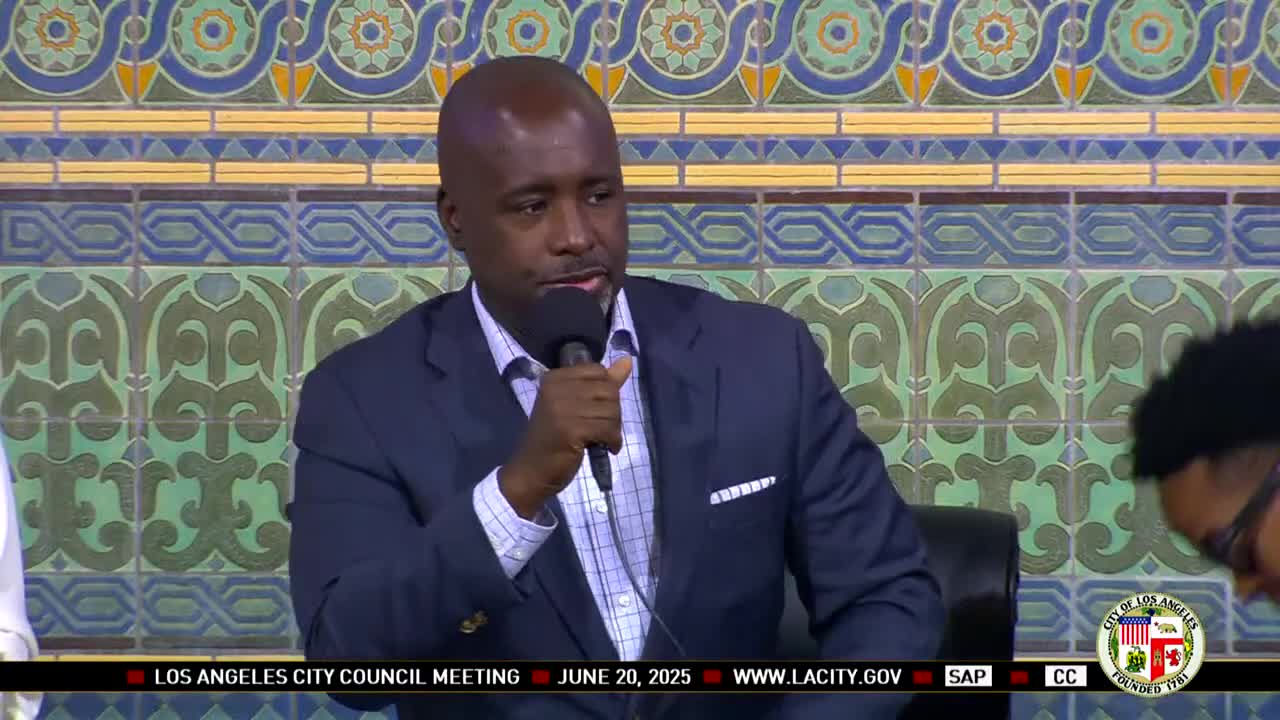Eric Brightwell discusses Los Angeles ethnic enclaves and community exploration
June 20, 2025 | Los Angeles City, Los Angeles County, California
Thanks to Scribe from Workplace AI and Family Portal , all articles about California are free for you to enjoy throughout 2025!

This article was created by AI using a video recording of the meeting. It summarizes the key points discussed, but for full details and context, please refer to the video of the full meeting. Link to Full Meeting
One key point raised was the misconception many people have about the demographic makeup of Los Angeles, often shaped by Hollywood portrayals. Participants noted that the reality is far more diverse, with significant populations of Taiwanese, Korean, Armenian, Filipino, and Vietnamese communities, among others. This diversity is not only a source of pride but also a vital aspect of the city’s identity that deserves recognition and support.

Before you scroll further...
Get access to the words and decisions of your elected officials for free!
Subscribe for FreeThe discussion also touched on the evolution of these neighborhoods, with some, like Chinatown, experiencing displacement and transformation over the years. The conversation emphasized the need for investment in these areas to prevent them from becoming neglected or labeled as "eyesores." Participants expressed concern that without proper attention and resources, these vibrant communities could lose their unique character and cultural significance.
Food was identified as a powerful connector within these enclaves, with many residents and visitors associating ethnic neighborhoods with culinary experiences. The conversation referenced the work of food critic Jonathan Gold, who aimed to encourage people to explore their neighborhoods through food, fostering a greater understanding and appreciation of the diverse cultures that make up Los Angeles.
As the meeting concluded, there was a shared commitment to promoting and preserving the city’s ethnic enclaves. Council members and community advocates agreed on the importance of recognizing these neighborhoods not just as tourist destinations but as integral parts of the community that contribute to the overall quality of life in Los Angeles. The discussions underscored a collective goal to ensure that all residents feel valued and that their cultural heritage is celebrated and preserved for future generations.
Converted from Regular City Council - 6/20/25 meeting on June 20, 2025
Link to Full Meeting
Comments
View full meeting
This article is based on a recent meeting—watch the full video and explore the complete transcript for deeper insights into the discussion.
View full meeting




